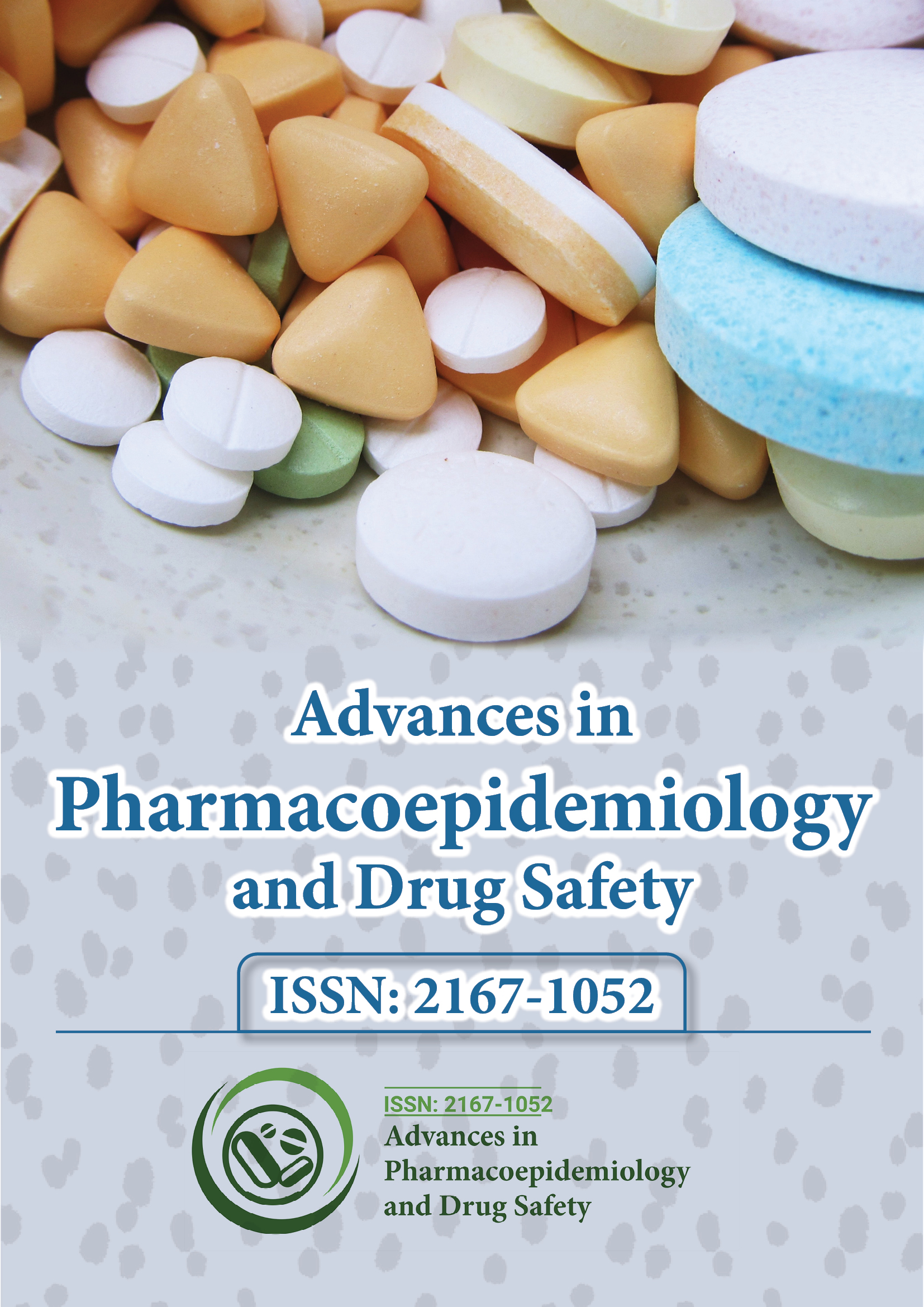インデックス付き
- Jゲートを開く
- Genamics JournalSeek
- アカデミックキー
- ジャーナル目次
- レフシーク
- ハムダード大学
- エブスコ アリゾナ州
- SWBオンラインカタログ
- パブロン
- ジュネーブ医学教育研究財団
- ユーロパブ
- Google スカラー
このページをシェアする
ジャーナルチラシ

概要
後眼部疾患に対する新しい薬物送達システム
ホイットニー・シャッツ
導入:
目は、複雑で精巧な生命システムと生理機能を備えた特別な感覚器官です。視覚に大きく関与する目は、静的(膜性)障壁から動的(血管性)障壁まで、さまざまな防御障壁によって保護されています。これらの障壁は外因性物質や外圧から目を保護するのに非常に効果的ですが、眼は、結膜炎、緑内障、ぶどう膜炎、糖尿病網膜症(DR)、糖尿病黄斑浮腫(DME)、加齢性黄斑変性症(AMD)、サイトメガロウイルス(CMV)網膜炎、網膜色素変性症(RP)、網膜静脈閉塞症(RVO)、目の前部と後部の両方に影響を与える眼内炎など、さまざまな永久的な視力障害の影響を受けます。活動部位に到達するために必要な治療は、その特徴的な障壁によって制限されます。防御装置は、特に眼の後部が侵されている場合、鎮静剤の投与の障害となります。加齢黄斑変性は、眼の後部に影響を与える眼疾患で、徐々に焦点視力が損なわれ、個人の満足度に大きく影響する可能性があります。硝子体内注入は、タンパク質医薬品の眼内投与に好まれる方法で、4~2か月ごとに投与することで最大の効果が得られます。投与の継続回数を減らすと、治療の負担が軽減され、耐性が増し、長時間作用型投与 (LAD) の進歩が必要になります。
眼への薬剤の投与、特に後部感染症の治療は、薬剤と異物の影響を限定するために眼の境界を越えた鎮静剤の輸送を必要とする困難な作業です。点眼、直接注入、および基礎製剤による点眼への鎮静剤の投与の一般的な方法はすべて、特に分子量と水溶性が高い薬剤の場合、その有用性を制限する問題があります。現在、ほとんどの眼疾患は、水溶性薬剤の場合は点眼薬として、非水溶性薬剤の場合は軟膏または水性懸濁液として処方される処方の局所使用によって治療されています。これらのサイズの処方は、現在販売されている処方の約 90% を占めています。角膜は、局所的に塗布された薬剤が視覚に入るための重要な経路です。環状の狭い境界(閉塞帯)は、角膜上皮細胞を完全に取り囲み、効果的に密閉するため、角膜は浸潤を阻止する強力な障壁となる。角膜組織への薬剤粒子の浸透も、経角膜浸透率を低下させるように思われる。局所的に塗布された薬剤の結膜浸潤および吸収は、通常、角膜吸収よりも大幅に高い。さらに、涙液のターンオーバー率が高く、鼻涙管からの漏出により、角膜前部の損失が急速かつ広範囲に及ぶため、結膜浸潤の有効性が制限される。したがって、点眼後、塗布された薬剤の 5% 未満、最低でも 1% が角膜に入り、眼内組織に広がる。点眼後、硝子体中の最大濃度は、点眼液自体の約 10 万分の 1 であると推定されている。
Direct infusion of medications into the vitreous hole is in some cases used to accomplish high medication fixations in the vitreous and the retina. Be that as it may, so as to keep up medicate fixations at remedial levels for a delayed timeframe, rehashed infusions are vital, as the half-existence of medications in the vitreous is commonly moderately short. Rehashed infusions bring about patient uneasiness and can conceivably prompt entanglements, for example, vitreous discharge, disease, and focal point or retinal injury. Moreover, the low restorative record of most of the medications utilized for rewarding illnesses of the back portion may require sedate fixations that are at or close to levels poisonous to the retina. Periocular conveyance utilizing subconjuctival or retrobulbar infusions gives an option to intravitreal infusions that is more secure and less obtrusive; this zone has been focused as a possible site for controlled medication conveyance. Fundamental conveyance of ophthalmic medications, while some of the time utilized in the treatment of vitreoretinal illnesses, isn't a powerful option because of the high proficiency of the blood–visual hindrance. The enormous foundational portion required to acquire a remedial degree of medication in the eye seriously constrains the appropriateness of this strategy as a rule; harmfulness in tissues outside the eye is a regular impediment. Moreover, the blood–retinal boundary, which is situated at the degree of retinal vascular endothelial cells and in the retinal shade epithelium, hinders the passage of specific medications from the fundamental dissemination.
In view of these conveyance issues it isn't amazing that, regardless of representing over 55% of every single visual ailment, issues identified with the back portion represent under 5% of the ophthalmic medication showcase. A large portion of the at present accessible clinical treatments for the treatment of sicknesses bringing about loss of sight because of neovascularization in the eye i.e., laser photocoagulation treatment for diabetic retinopathy and photodynamic treatment for age-related macular degeneration utilize either careful mediation or fundamental conveyance of a remedial specialist as the conveyance strategy. The use of novel angiostatic operators, especially proteins or protein-like medications including hostile to vascular endothelial development factor (VEGF), lattice metalloproteinase (MMP) inhibitors, integrin agonists, shade epithelium-inferred factor (PEDF) and inhibitors of insulin-like development factor-1 and development hormone, will require progressively modern techniques for conveyance to guarantee action and adequacy of the medication over a drawn out timeframe and to limit sedate instigated inconveniences. Novel conveyance frameworks are likewise required for therapeutics with a significant level of fundamental poisonousness, for example, steroids. Various epic strategies are being worked on or in clinical use. Gadgets produced using both biostable (nondegradable) and from biodegradable polymers have been researched and examined. Gadgets produced using biodegradable polymers have the favorable position that they corrupt and accordingly vanish from the site of implantation after some time. The potential for additional turn of events, especially for protein operators, is huge; this improvement can exploit information acquired in conveyance of protein medications to different destinations.
Methodology and Theoretical Orientation: Since leeway from the eye is represented essentially by dispersion, restorative Fab was artificially conjugated to different multivalent frameworks by means of maleimide science to increment Fab half-life. Each Fab-conjugate applicant was evaluated dependent on a huge number of criterial including conjugation proficiency, proportion of Fab to transporter, hydrodynamic span, long terms soundness, thickness and action. Now and again, in vivo decency tests were performed to survey biocompatibility with visual tissues.
Findings: Assessment of every framework uncovered characteristics attractive for visual LAD. Frameworks made out of either PEG, HPMA or lipoprotein were viable in expanding Fab RH. Geometry didn't enormously impact RH however affected thickness. Biocompatibility study exhibited bearableness of PEG however not of lipoprotein bearer.
結論と意義:体外での RH 推定は硝子体の半減期を予測するのに有用であるにもかかわらず、プラットフォームの生体適合性は次第に複雑化しており、新しいイノベーションの実現に対する大きな障害となっています。